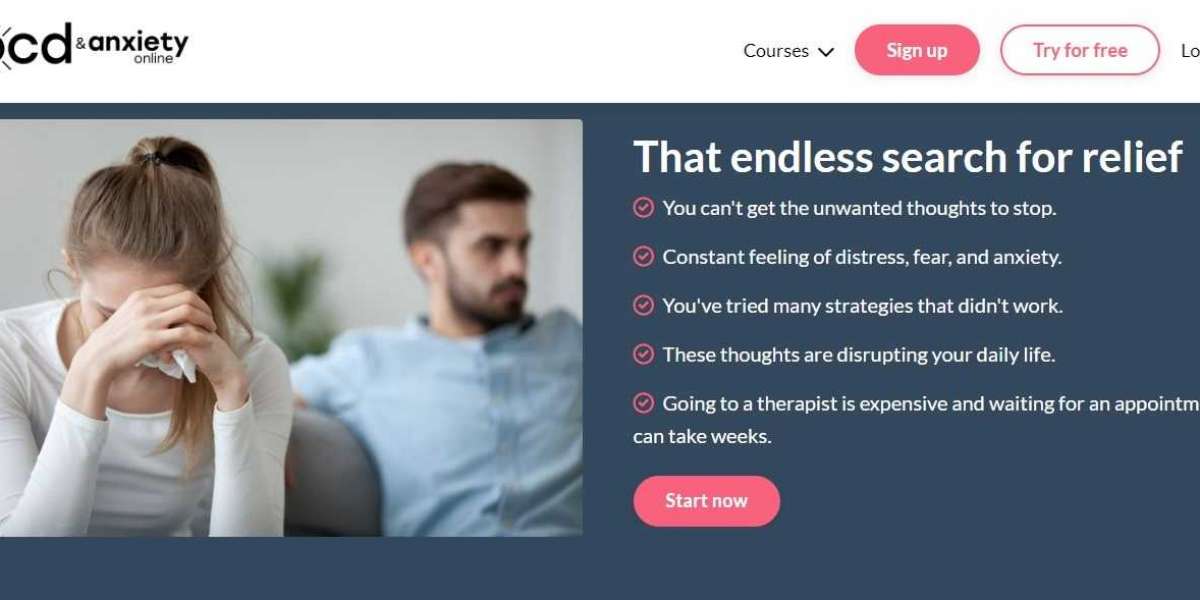Obsessive-Compulsive Disorder (OCD) is a mental health condition characterized by intrusive thoughts (obsessions) and repetitive behaviors (compulsions). It affects millions of people worldwide, causing significant distress and interference in their daily lives. OCD can manifest in various subtypes, each with its unique set of obsessions and compulsions. In this article, we will explore three distinct OCD subtypes: Contamination OCD, Harm OCD, and HOCD, and delve into their symptoms and impact on individuals' lives.
Contamination OCD: Fear of Germs and Contamination
Contamination OCD revolves around an irrational fear of germs, dirt, or harmful substances. Individuals with this subtype experience distressing obsessions related to contamination and frequently engage in compulsive behaviors to reduce anxiety. Their obsessions often revolve around the fear of getting sick, spreading germs, or contracting diseases. Common compulsions include excessive handwashing, cleaning rituals, avoidance of certain places or objects, and the need for reassurance from others.
Living with Contamination OCD can be extremely challenging as individuals often feel overwhelmed by constant anxiety and the need to maintain strict hygiene standards. This fear can significantly impact their daily activities, social interactions, and overall quality of life. Seeking professional help and cognitive-behavioral therapy (CBT) can be beneficial in managing Contamination OCD symptoms and regaining control over one's life.
Harm OCD: Intrusive Violent Thoughts and Fears
Harm OCD, also known as aggressive obsessions, is characterized by intrusive thoughts or images related to causing harm to oneself or others. People with Harm OCD often experience distressing thoughts about causing accidents, hurting loved ones, or being responsible for tragic events. These obsessions can lead to significant anxiety and fear, triggering compulsions aimed at preventing harm. Common compulsions in Harm OCD include mental rituals, seeking reassurance, avoiding potential triggers, or constantly monitoring one's surroundings.
Living with Harm OCD can be an isolating experience, as individuals often feel ashamed or frightened by their intrusive thoughts. They may go to great lengths to prevent harm, which can interfere with their relationships and daily activities. Treatment options for Harm OCD include exposure and response prevention (ERP) therapy, medication, and support groups, which can help individuals manage their obsessions and regain a sense of control.
HOCD : Understanding Sexual Orientation OCD
HOCD, or Homosexual Obsessive-Compulsive Disorder, is a subtype of OCD that revolves around intrusive thoughts and doubts regarding one's sexual orientation. Individuals with HOCD often experience distressing thoughts or fears about being gay or lesbian, even if they do not identify as such. These thoughts can cause significant anxiety and distress, leading to compulsive behaviors such as reassurance-seeking, mental review, or avoidance of situations that may trigger these obsessions.














